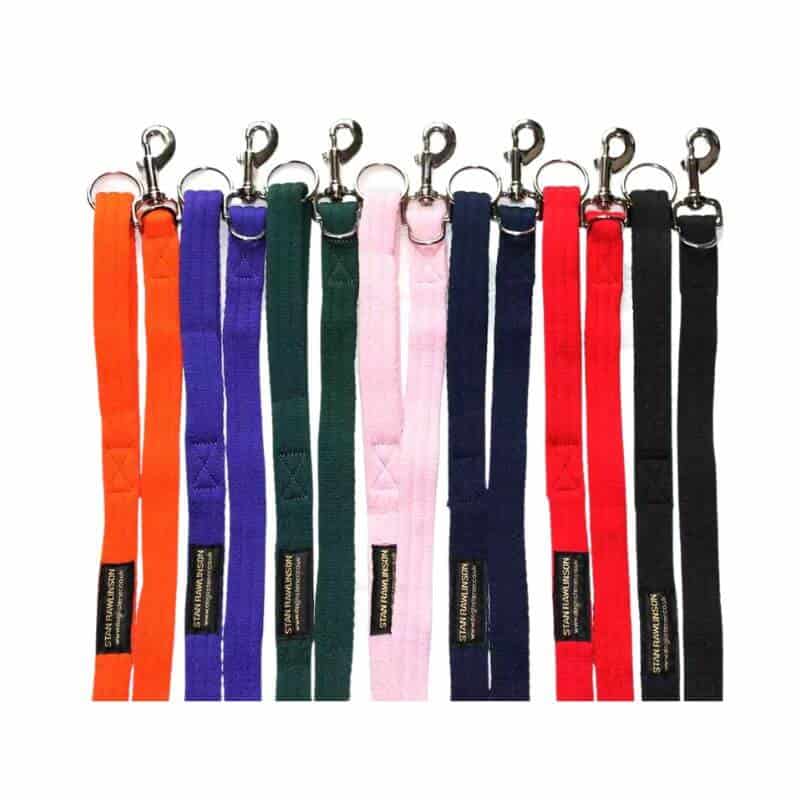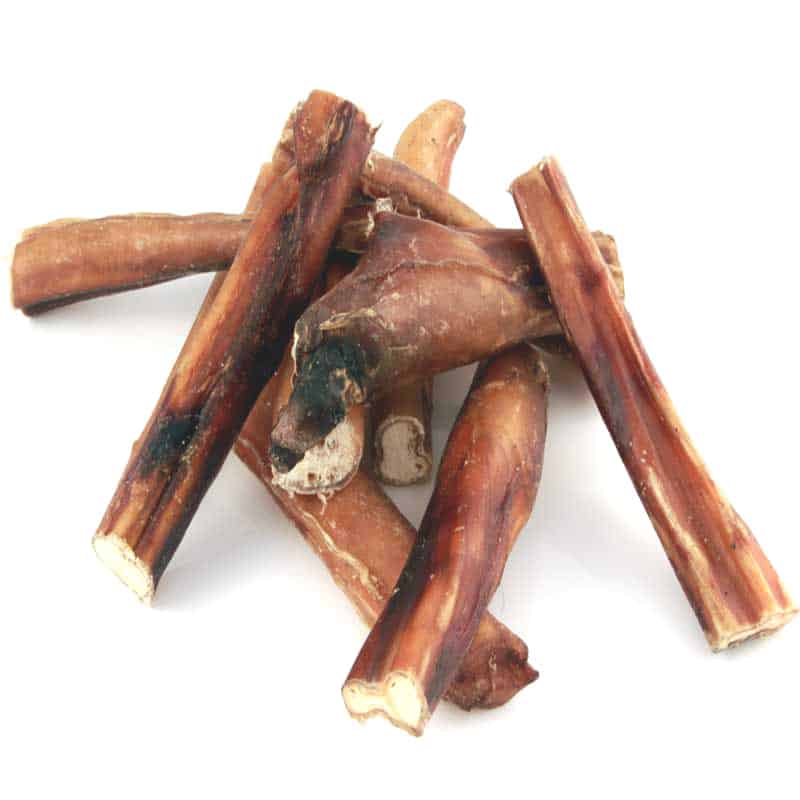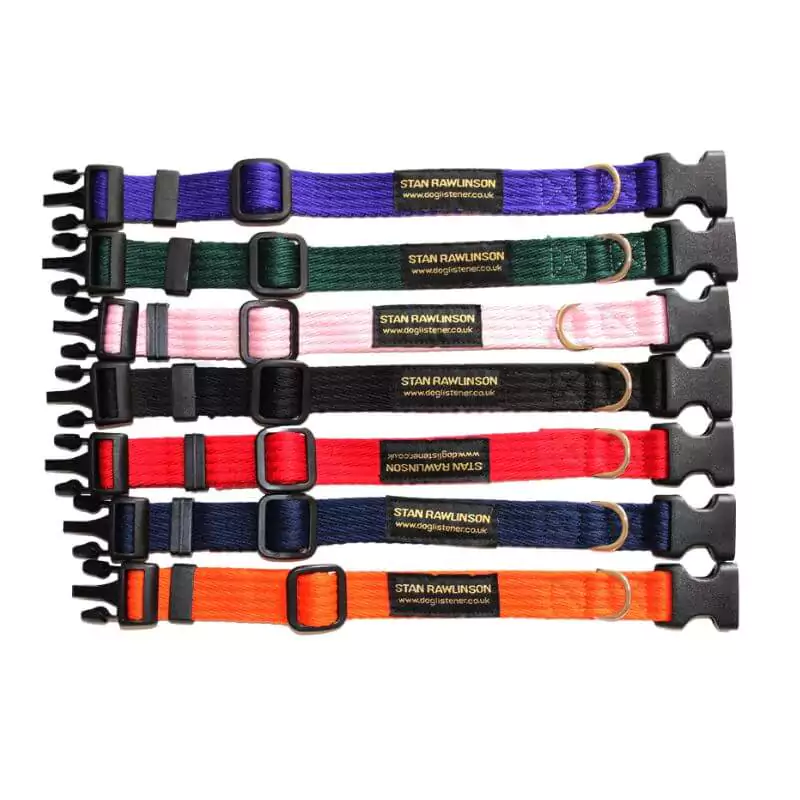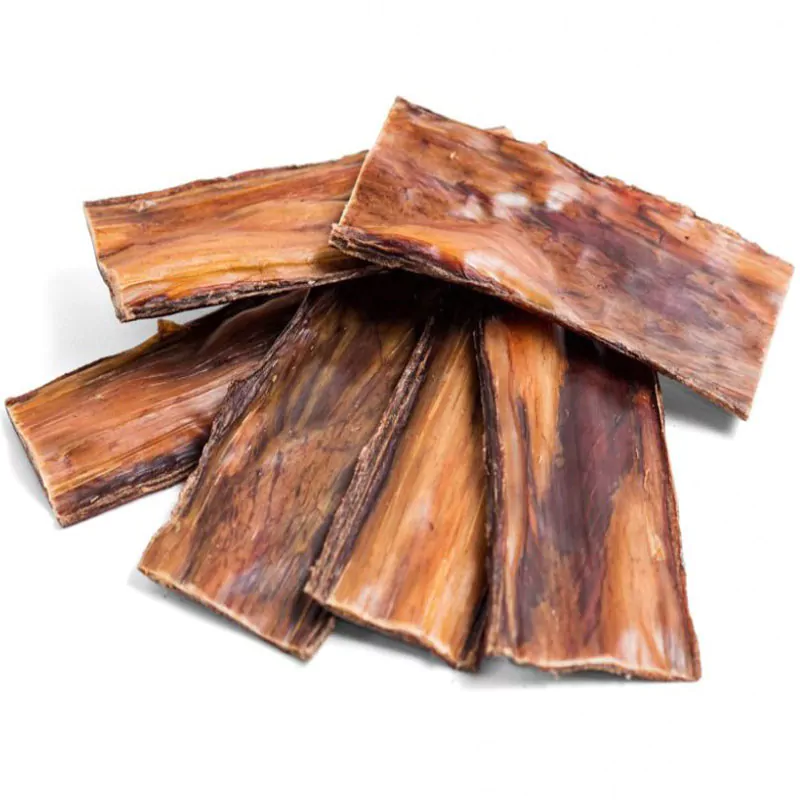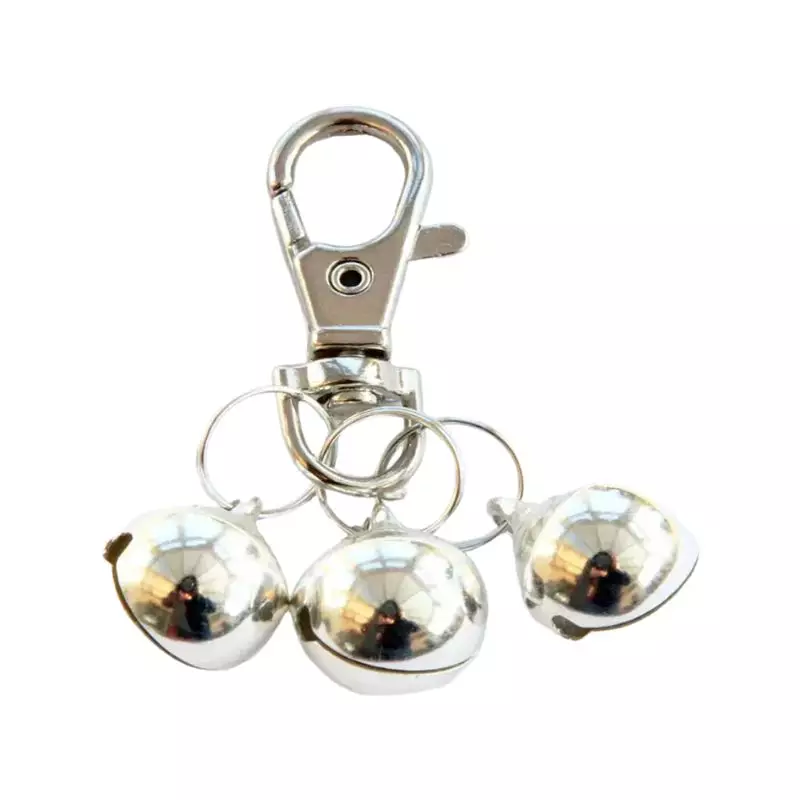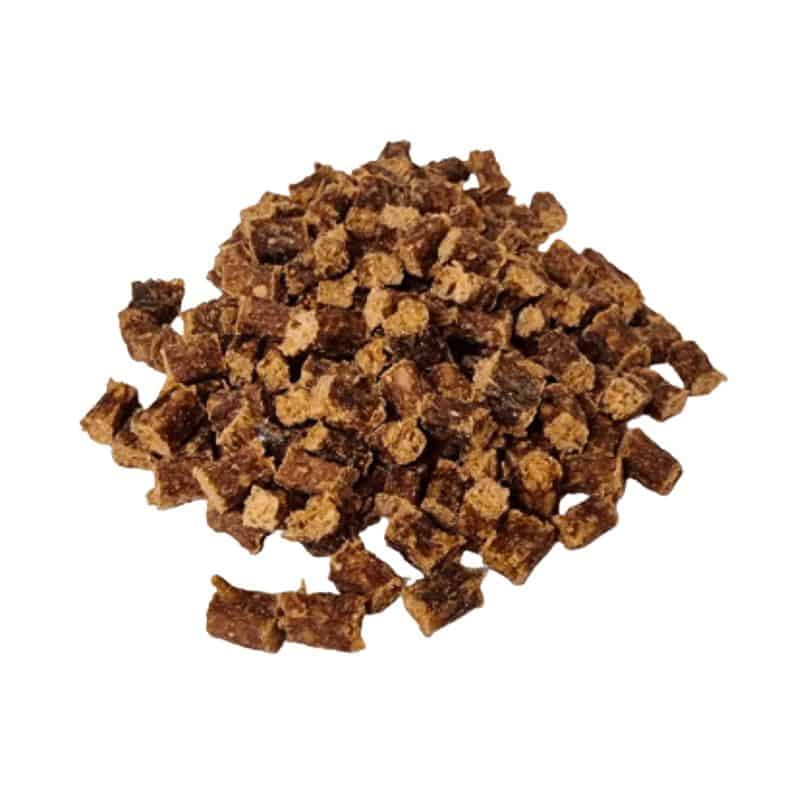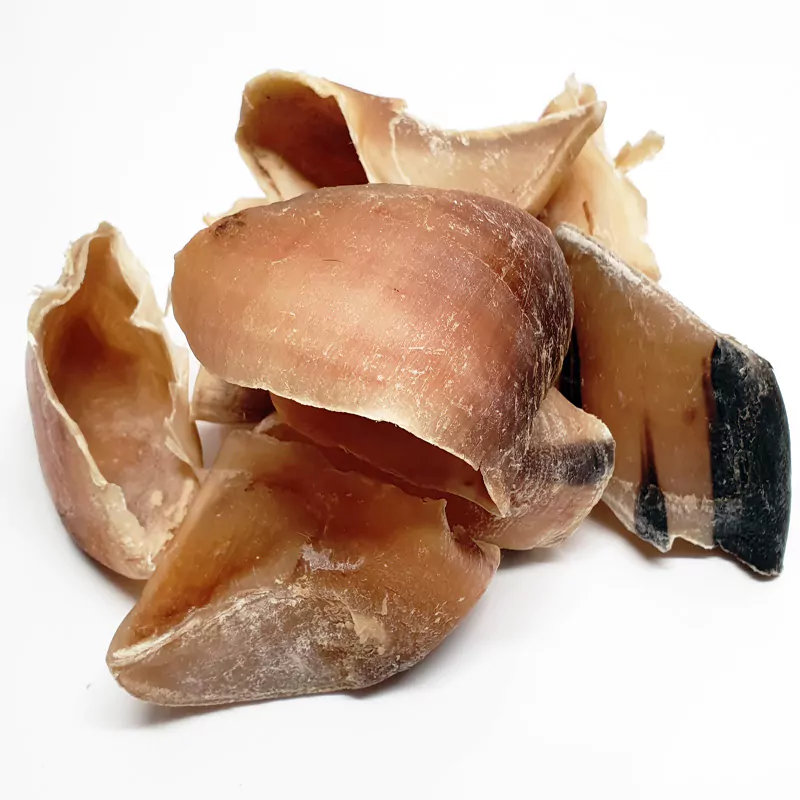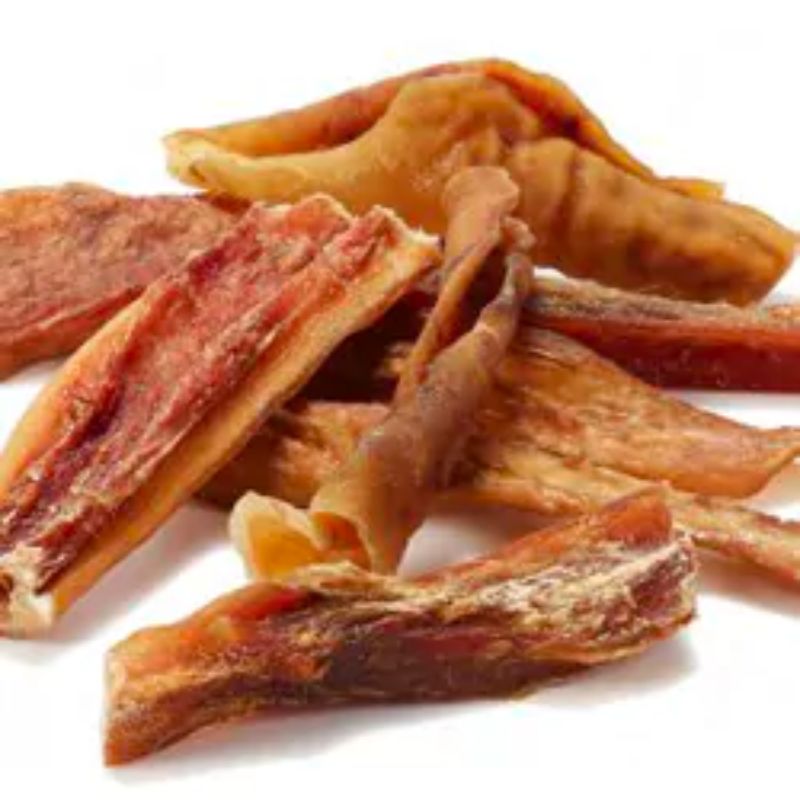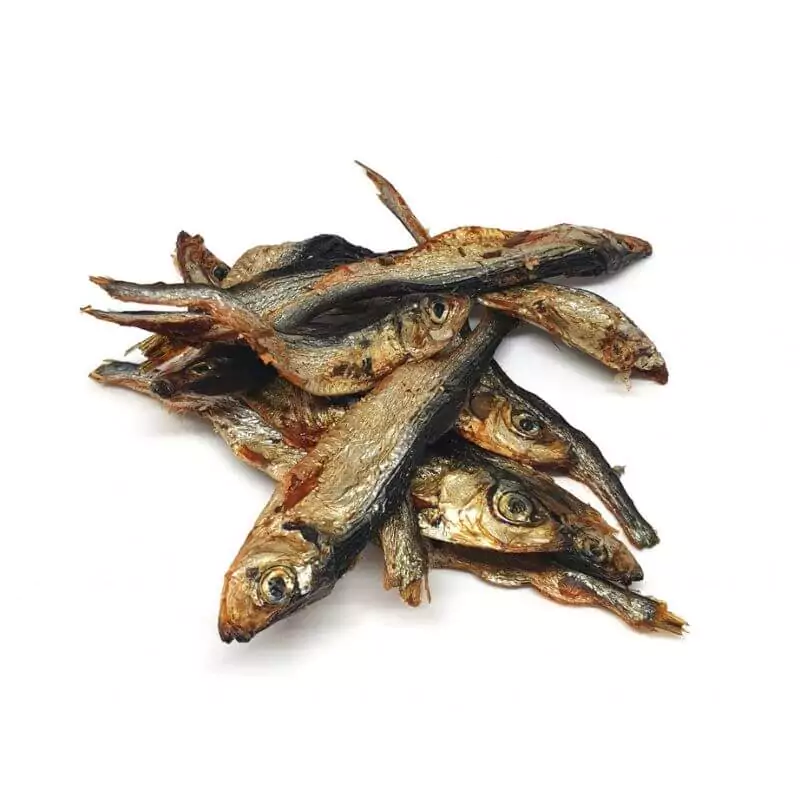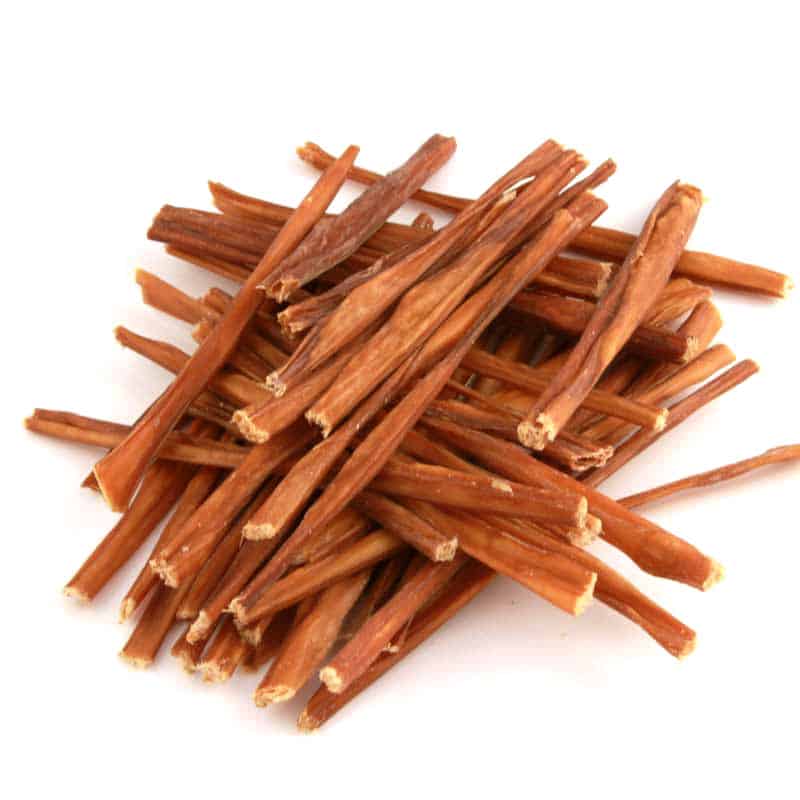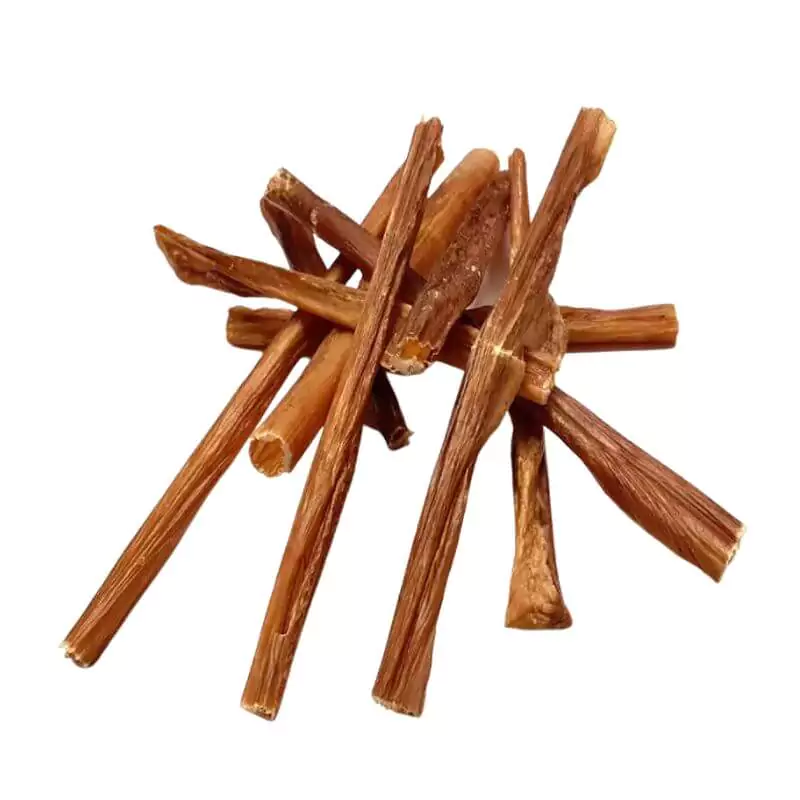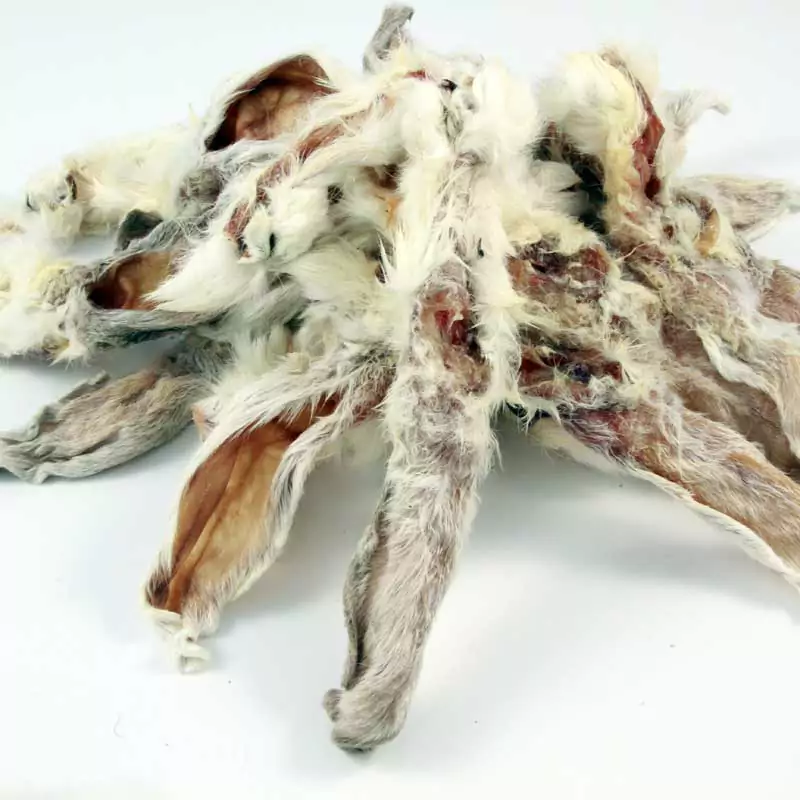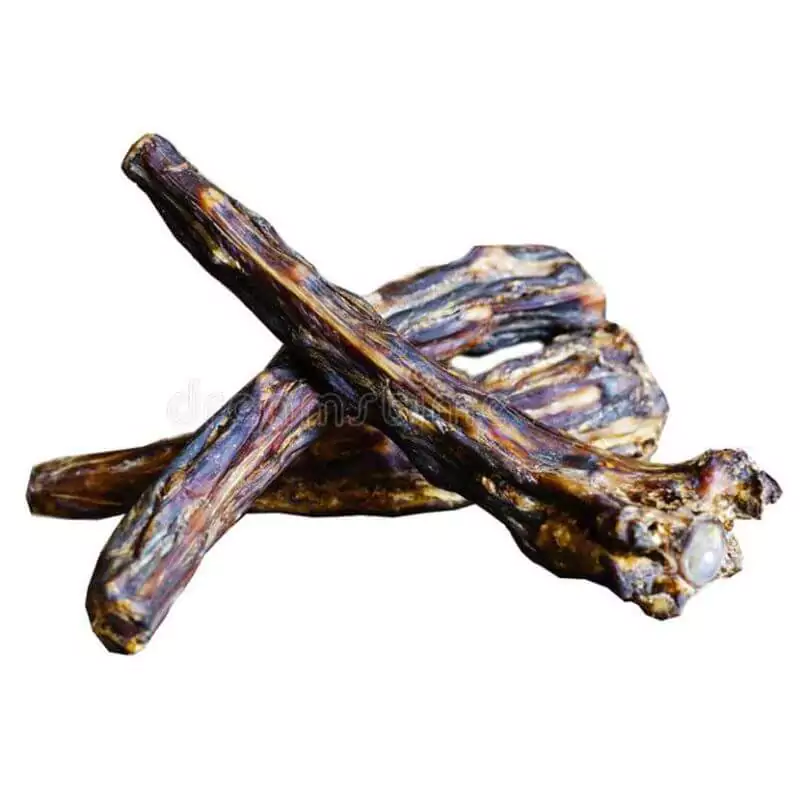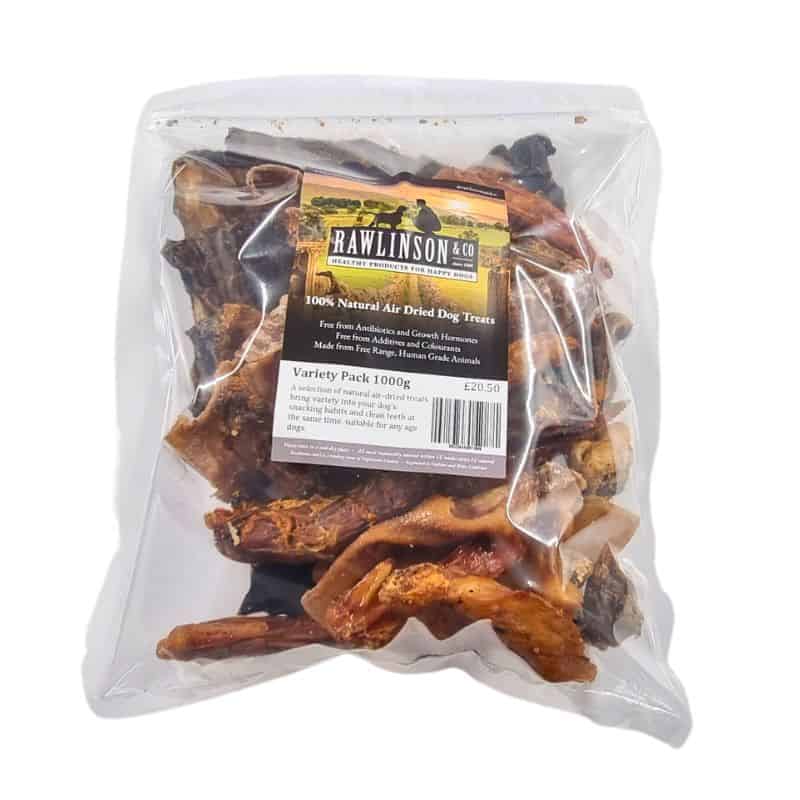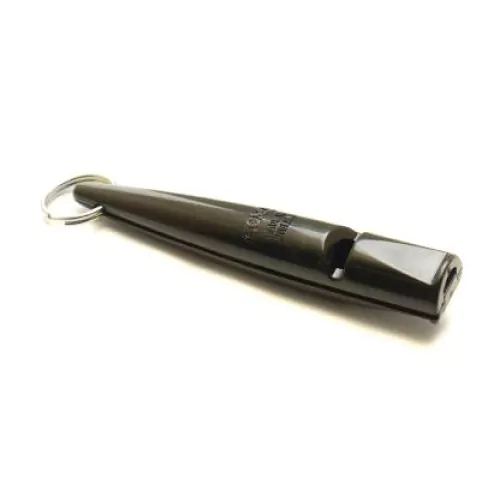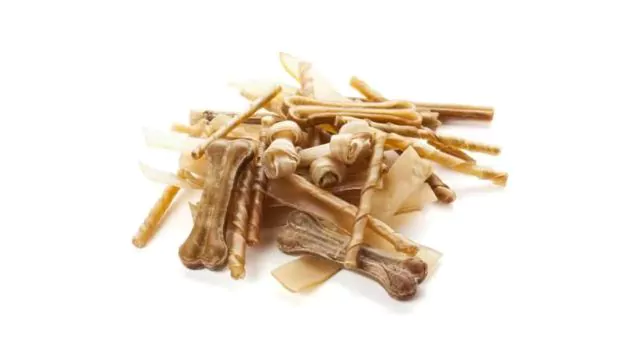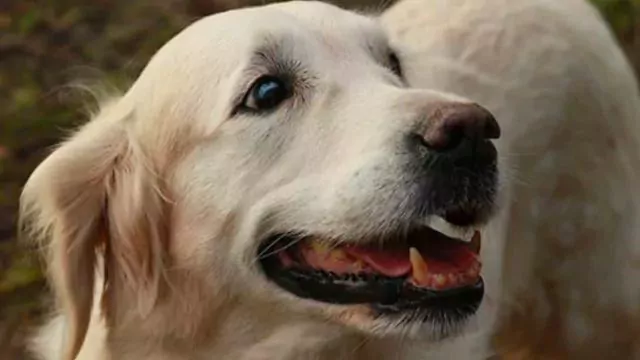Working Out Your Dogs Age
Information On How To Work Out A Dogs Age
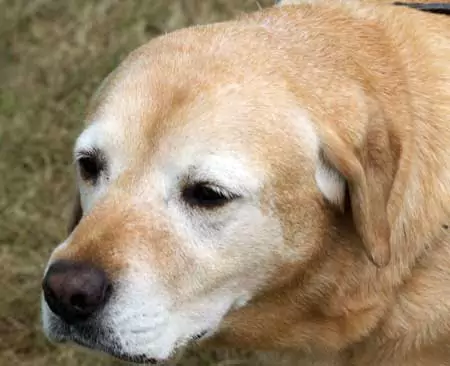
Quite often we take on a rescue dog or a stray and we haven’t a clue what age it is. This article will help you get a good idea of your dog’s age.
Unfortunately, this is not an exact science and there can be many variables. However, this will tell you what you can look for and can give some indication within a couple of years of the actual age of your dog.
I am often asked to give an indication of age and the breed that my clients have rescued. Some I have seen from rescue centres bear no resemblance to what that centre has assessed as the breed.
Unfortunately assessing a dog that is mixed breed takes many years of practice and I cannot write any indicators that would help the inexperienced eye. However, the chart at the bottom of this page will help you with the size and weight of the dog. Dogs Accurate Size Age Calculator
Fortunately, age does leave indicators that do not need lots of experience and practice. These indicators can be affected by many outside influences such as diet, genetics, exercise, and neutering.
Other factors that determine the signs include what sort of upbringing and regular check-ups the dog has had before you re-homed him. Your first port of call with regard to age is the dog’s mouth.
Teeth: All dogs like humans start out with what we laughingly call puppy teeth which could be used as hypodermic needles or as replacements set for a piranha. These start to drop out around about 18 weeks though some of the smaller breeds may start a few weeks before this.
By six months all the puppy teeth should be replaced by adult teeth, however, the dogs will still have a need to chew as the teeth need to set in the gums and this can take up to a year. Check to see if there are any puppy teeth left. Observe even if the dog has its adult teeth if it is still obsessively chewing things to relieve the itch and the pain as the adult teeth set and settle into the gums.
The amount of tartar build-up on the teeth is also a strong indicator of age. In most dogs, tartar will start to form around the molars rather than the canines between twenty months and two years. This build-up will be reasonably light at this age.
By five years of age, the tartar will be far more obvious and will also start to affect the base of the canines as well. By the time the dog starts to move into middle age the incisors start to wear down once again this can be affected by diet.
As I mentioned earlier this is not an exact science and other outside influences will affect the tartar build-up. Shat you feed your dog and the treats you give will have a massive effect on the health and teeth of the dog.
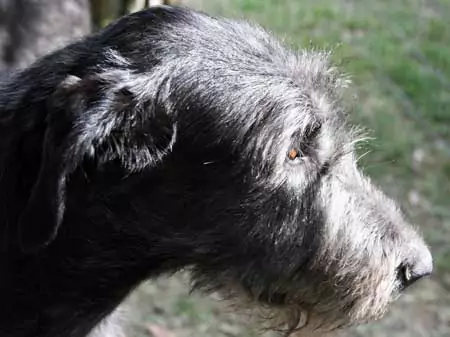
Diet: If the dog’s teeth have been regularly cared for by giving them quality air dried treats such as Cows Hooves, Beef Scalp, Bulls Pizzles and Oxtail to name just a few of the natural airdried treats I produce and sell.
Vets may scrape off tartar when under sedation for other operations; once again this could give a false reading of age. Never give Denta Stix they are a chemical soup and are probably the worst treats you could ever give to your dogs, read this. (1) Denta Stix
f the dog has been fed on soft food such as tinned or pouched then the tartar will build up quicker and will be more pronounced. Kibble (dry food) will not allow quite the same level of tartar build-up, as long as it is not softened down with warm water
If you feed raw food especially with (2) Natural Air Dried Treats that they can really gnaw on, then this action keeps teeth fairly free of the normal build of plaque, gum infections, and tartar.
Beware of most shop born treats, especially from supermarkets as they are ar often really high in calories, obesity is one of the biggest killers of dogs read (3) Gut Busting Dog Treats to Avoid
Avoid the large marrow bones, especially if they have been cut lengthways, these can break and damage teeth in particular the upper carnassials, the three-pointed teeth that can split and get infected.
One of the downsides of a raw meaty bones diet is the incisors will start to wear down quicker, even more reason to keep away from those large marrow bones. Use chicken or turkey carcases and necks, lamb necks and ribs are also good.
Hair Skin and Coat: As in humans the hair and skin can give an indication of age. Greying around the muzzle and around the top of the head and the eyebrows can indicate the onset of middle to old age, but be aware that some breeds grey far earlier than others. Reddish, yellow, or gold colour dogs often go white at the top of their head and their muzzle in middle age.
The skin loses its elasticity and becomes dryer and the dog will generally lose muscle tone as it reaches old age. This will be more apparent if the dog has not been regularly exercised or the diet is of poor quality. The fur may become coarser and drier without the sheen of health and youth. Though once again neutering can coarsen the coat.
Eyes: There is something called lenticular sclerosis that can affect many dogs. It normally starts between six and eight years of age depending on size and breed. This condition is often mistaken for cataracts, especially in the later stages. Dogs do get cataracts but sclerosis is far more common and can be an indicator of a dog’s age.
The early onset of this can be distinguished by thin lines across the lens of the eyes, later on, say aged eight the pupil will start to get a slight grey, white, or bluish tinge. This does not affect the vision until the dog becomes very old. It is not treatable though it is worth making sure it is not cataracts as these can be removed and therefore treated.
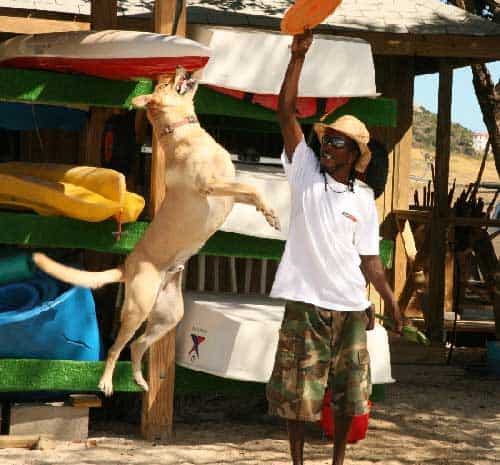
General Abilities: If your rescue dog is slow and sleeps more than he is awake then he is probably in late middle to old age.
Arthritis, incontinence and weight gain can also be an indicator of old age.
A bad odour that does not appear to go away even after washing is also an indicator of dogs past their middle age and moving into old age The ability to jump into cars, stiffness, and joint pain though not totally the domain of old age can also be an indicator.
Hearing can deteriorate in the later years though the dog’s sense of smell rarely declines to any serious extent. The best you can really expect when trying to age your dog is an approximation, there are just too many variables and of course, the size and breed of the dog will skew the results.
There are many old wives’ tales regarding dogs, most are totally incorrect, let’s take one in particular. How to calculate a dog’s age in human terms. The most common answer you will receive is one dog year for every seven human years.
This calculation is totally incorrect, bears no resemblance to how dog’s age and their relative ages to humans. Working the calculations below, the one-year-old would not be like a sweet 7-year-old.
It would be more like the 15-year-old Kevin like character, all teenage angst, and attitude, saying look at the paw cause the face ain’t listening. As a general rule of thumb, it should be fifteen for the 1st year ten for the 2nd and then four for every year thereafter.
This is only an approximation. There is a chart that works on size and breeds which makes it far more accurate. If you calculated every seven years and the dog is 16 years old then the dog in human terms would be 112. Using my method the dog will be a realistic 81.
We are all aware that a one-year-old dog does not act like a seven-year-old child. It is far more like the rebellious teenager around the back of the bike shed having a quick fag. They are also far more aware of the opposite sex than most seven-year-olds would ever be.
The best you can really expect when trying to age your dog is an approximation, there are just too many variables and of course the size and breed of the dog will skew the results.
Points to Consider: If your rescue dog is slow and sleeps more than he is awake then he is probably in late middle to old age. Arthritis, incontinence and weight gain can also be an indicator of old age.
A bad odour that does not appear to go away even after washing is also an indicator of dogs past their middle age and moving into old age.
The ability to jump into cars, stiffness, and joint pain though not totally the domain of old age can also be an indicator. Hearing can deteriorate in the later years though the dog’s sense of smell rarely declines to any serious extent. The best you can really expect when trying to age your dog is an approximation, there are just too many variables and of course the size and breed of the dog will skew the results.
Female dogs of the same breed tend to live one or even a couple of years longer than male dogs. Smaller dogs can live to almost twice the age of giant breeds. It has been said that neutered dogs live slightly longer the un-neutered dogs.
New information is coming out to say this may be incorrect Whatever happens do not neuter your dog until it has achieved physical and social maturity or you may cause serious behavioural and even physical problems. (4) Spaying and Neutering


